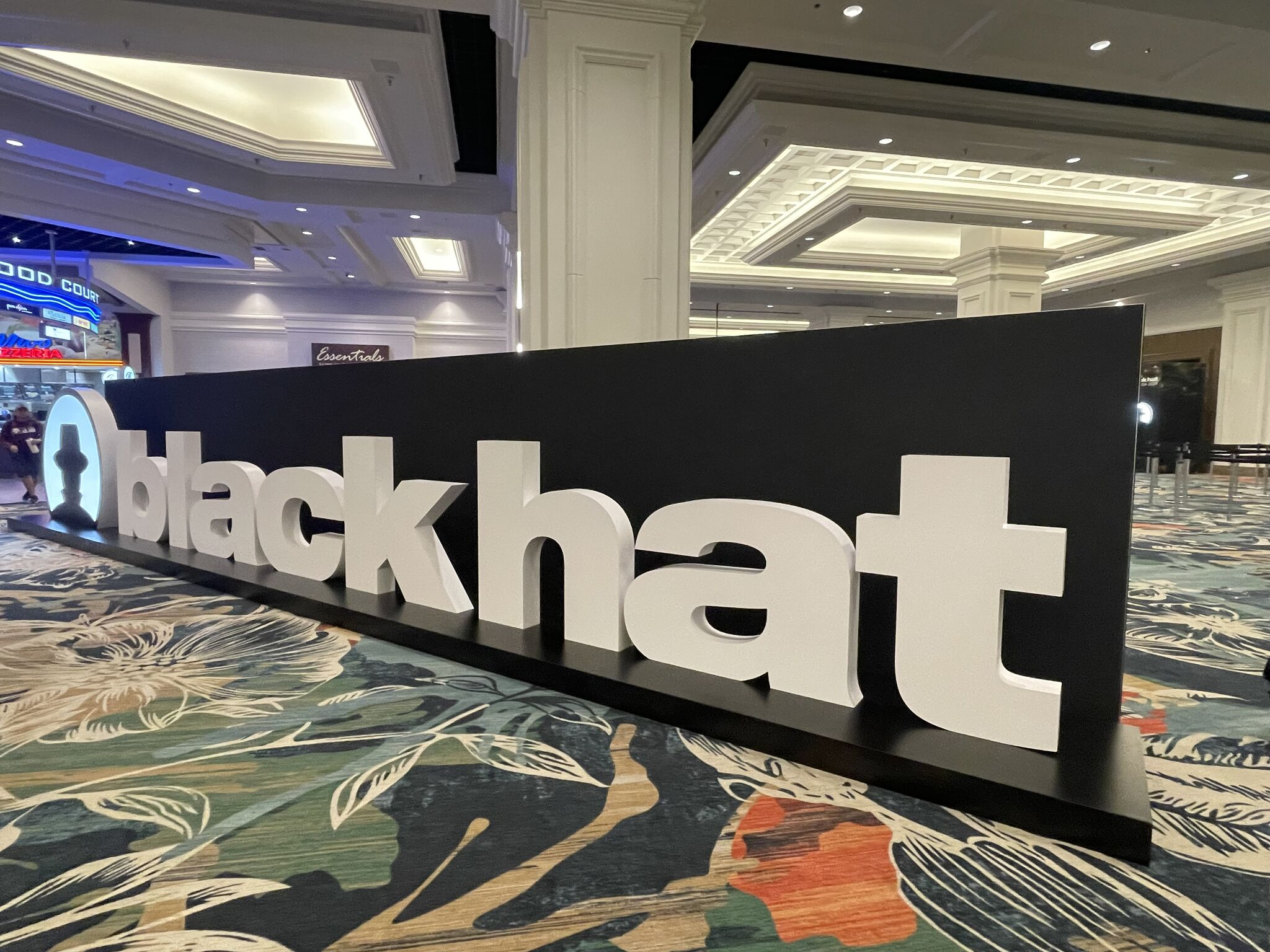August 2024: Domain Activity Highlights
The WhoisXML API research team analyzed more than 7.4 million domains registered between 1 and 31 August 2024 to identify the most popular registrars, top-level domain (TLD) extensions, and other global domain registration trends.
We also determined the top TLD extensions used by the more than 59.2 billion domains from our DNS database’s A record full file released in the same month.
Next, we studied the top TLDs and associated threat types of more than 1.0 million domains detected as indicators of compromise (IoCs) in August.
Finally, we summed up our findings and provided links to the threat reports produced using DNS, IP, and domain intelligence sources during the period.



































